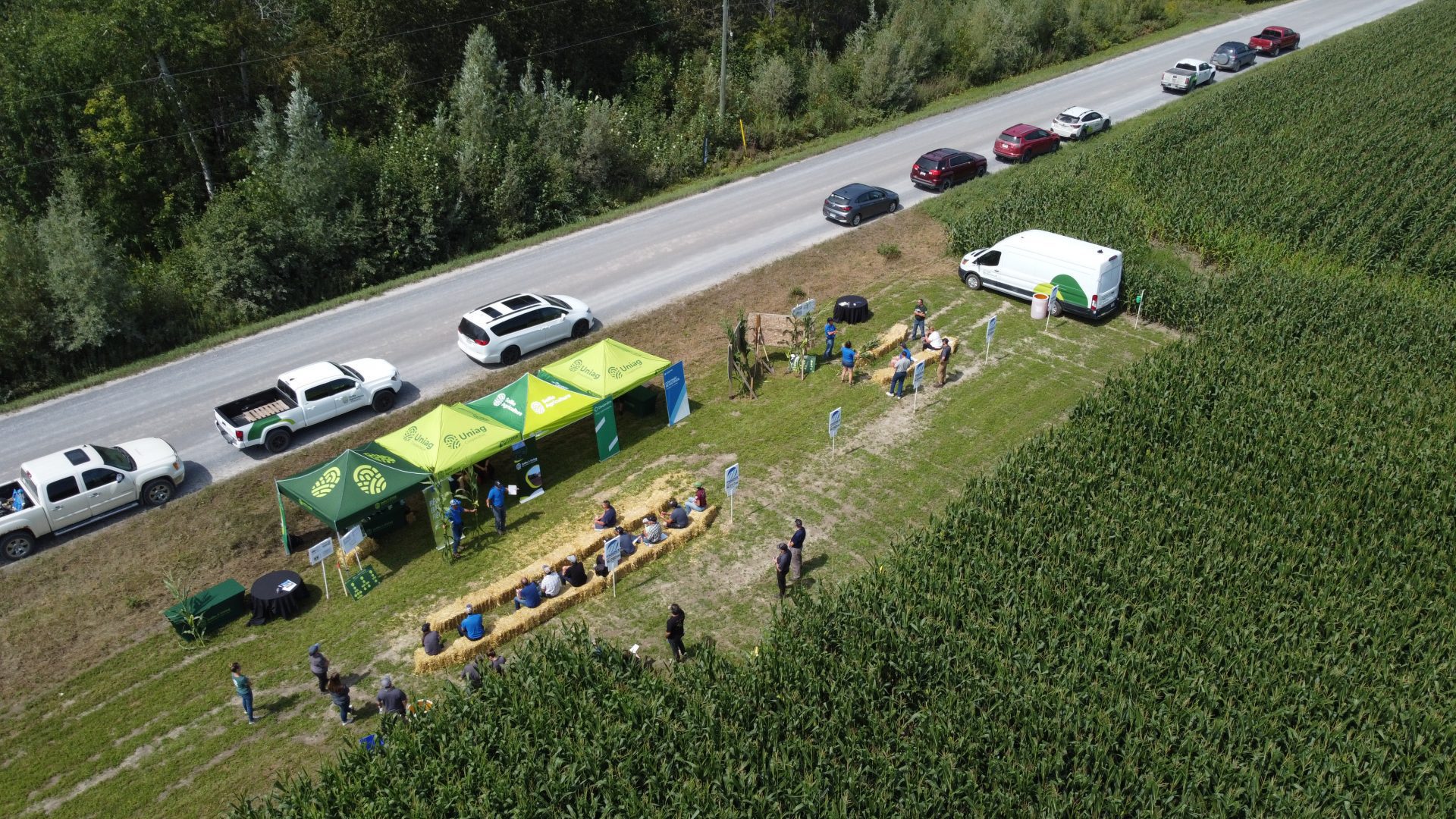
As you probably know, for several months we have seen a very sharp increase in interest rates. Whether this is a consequence of the post-pandemic economic recovery, labour shortages, high demand for raw materials, the political situation in Ukraine and China, etc., it all seems to be at play.
Within your company, you have control over certain things; input suppliers, business objectives and types of investments. However, you have no control over other things such as; weather, equipment breakdowns, diseases (animals, crops or labour) as well as certain expenses. Another thing you have no control over that affects your cash flow is the interest rate!
Let’s focus on this one that we talk about so much. Let’s take a look at an average business in the region that is up and running. A few years ago, the major investments were made. These days, the business is focused on buying quota to keep the cows performing better and maintaining its assets. We are talking about a 100 kg quota farm, with a debt load of $27,500/kg quota. This leaves $2,750,000 in mortgage debt consolidated into one loan. They only have fifteen years of payments left and at the last signing the producer had a rate of 2%. The monthly payments are about $17,696. The business is doing well, payments are current with suppliers, cash flow is good, and the line of credit is virtually unused. All is well! In 2022, the company must renegotiate the mortgage, outch. Despite a tour of financial institutions, the rates are around 5%. It’s a panic!
Let’s see the impact; keeping the loan at 15 years, it’s now 21 747$/month that will have to be paid for the mortgage, that is 4051$ more monthly. And as bad things never happen alone… fertilizer and concentrate prices are also rising to record levels. It is reasonable to expect that 2022 will not be the best year financially, despite the increase in milk prices and record field yields in most crops.
What to do? As mentioned earlier, you have no control over the impact on the interest rate. Reducing expenses may seem interesting in the short term (feed), but beware of the consequences on production and yields. Depending on the cash flow situation, some producers may be able to absorb some of these amounts, but don’t forget that it’s $4051 per month recurring until the next rate signing! It is possible that at the next rate signing, the percentage will have decreased. At the moment, how can we be sure, given geopolitical factors?
Another option, if the company’s situation allows, would be to extend the term of the mortgage from 15 years to 21 years. The monthly payments would remain the same, despite the 3% increase in the rate. This will prevent cash flow from being eaten up and will not impact on current operations. Of course, the payments are extended by six years.
What is the best solution, probably somewhere in between, but one thing is certain, it is to see with your financial advisor what would be the best strategy according to your situation and your tolerance to take risks. The more you know about your situation, the greater the chances of making the right decisions.

